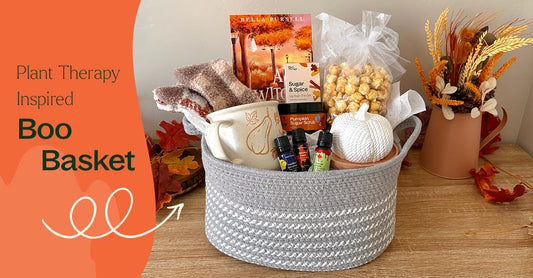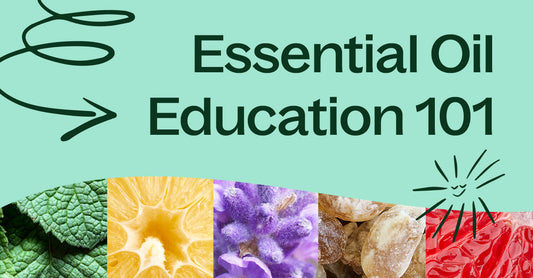The holidays are fast approaching. It won’t be long until families gather around the table for Holiday get-togethers. Before you know it, turkeys will be roasting in the oven and Christmas decorations will be going up all over the place.
There’s one fragrance that is sure to bring a warm, cozy holiday atmosphere: Cinnamon. Diffuse cinnamon essential oil directly for its pleasant aroma, or use in your favorite DIY. Either way, cinnamon essential oils are perfect for bringing in the holiday spirit.
A quick search will reveal that Plant Therapy carries not one, but three different cinnamons. Don’t worry, it’s not as confusing as you’d expect. We’re here to break it down the differences and benefits for each one.

1. Cinnamon Leaf
Steam distilled from the leaf of the cinnamomum verum evergreen, this essential oil has a medium aroma, making it a bit lighter than the other two varieties. Also, Cinnamon Leaf is true cinnamon that has been used as an anti-inflammatory and local anesthetic for many years. It is very therapeutic and if used in the right dilution, can be an effective essential oil for acne, chronic pain and inflammation. Combine Cinnamon Leaf and Clove Bud at 0.6% dilution in your favorite carrier oil to help with chronic pain. Cinnamon Leaf is also considered a great oil to ease the symptoms of cold and flu. Diffuse in the air to help combat a sickness. It should be noted that there are also cautions that should be taken into consideration when using this essential oil. We recommend a maximum dilution of 0.6% for topical application.
2. Cinnamon Bark
Steam distilled from the same plant as Cinnamon Leaf, this essential oil is derived from the, you guessed it, the bark of cinnamomum verum. It has a stronger aroma than the scent of the oil distilled from the leaves and smells warm, spicy and woody. Cinnamon Bark is one of the primary antifungal and antibacterial essential oils, though it should be used with great care (less than 0.1%) on the skin. Diffuse Cinnamon Bark with Orange and Vanilla for a pleasant, antimicrobial effect when there has been sickness. Or mix with Patchouli and Palmarosa for an exotic, spicy fragrance. There are a few cautions, we recommend a maximum dilution of 0.1% for topical applications. Do not use if pregnant or breastfeeding.
3. Cinnamon Cassia
Although not technically true cinnamon, it is derived from the bark of a plant that is genetically similar. It has a strong aroma with a warm, spicy scent and just a hint of sweetness. Of the three, Cinnamon Cassia has the strongest germ-fighting properties and is used in our Germ Fighter Blend. Cinnamon Cassia is the outer bark of an evergreen tree native to Asia {China, specifically} and is botanically related to cinnamon (Sri Lankin). In Chinese medicine, Cassia is used to ‘dispel cold’ and relieve pain, especially in the lower back. Known for its spicy fragrance, bring back the holiday memories by diffusing equal parts of Cinnamon Cassia, Clove Bud, and Orange Sweet. There are a few cautions to note, when using cinnamon cassia, we recommend a maximum dilution of 0.05% for topical applications. It should not be used while pregnant or nursing.
Keep in mind, all three of these cinnamon essential oils are not KidSafe. Cinnamon is a mucus membrane irritant, can cause coughing or irritation to nose, eyes and mouth.
Even though the differences between the three Cinnamon oils are subtle, each has own unique aroma, making it easy for you to create the perfect holiday ambiance.









